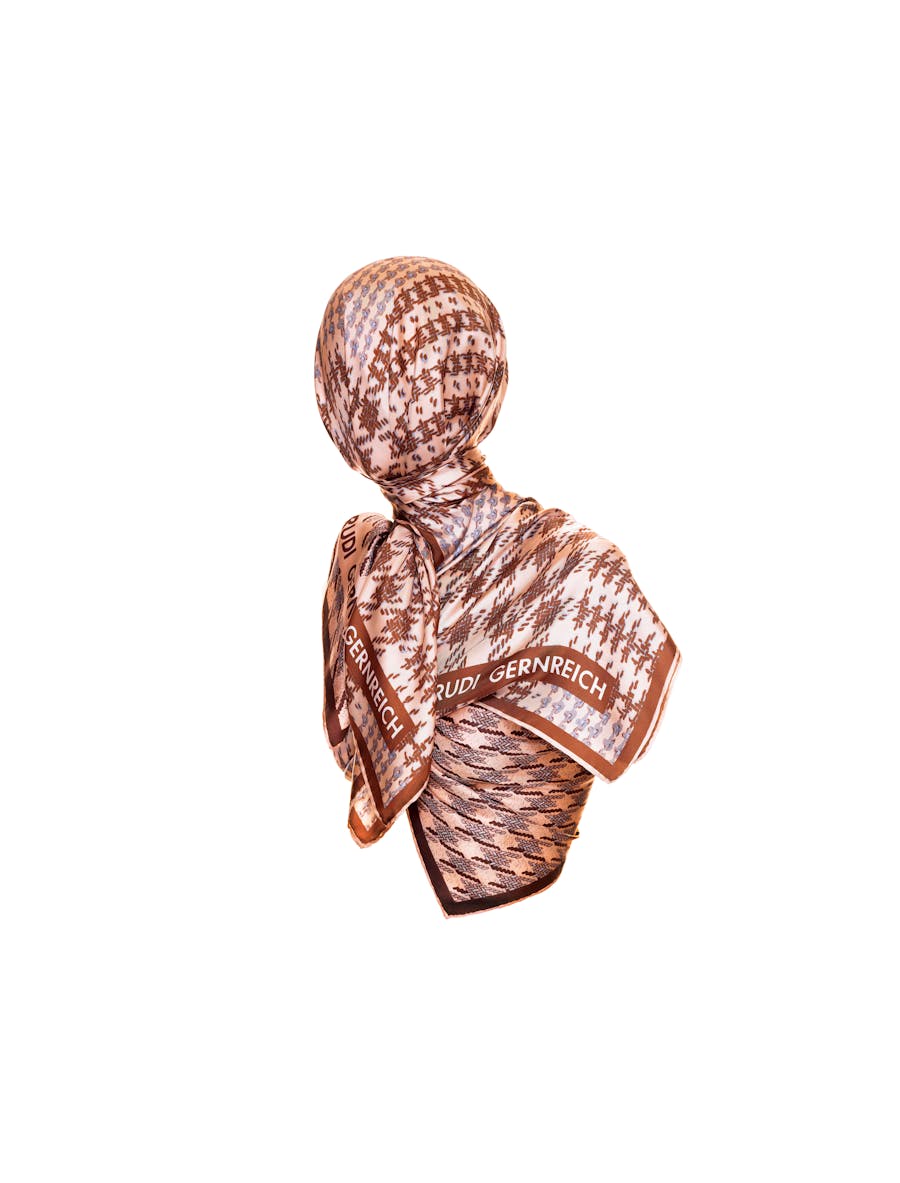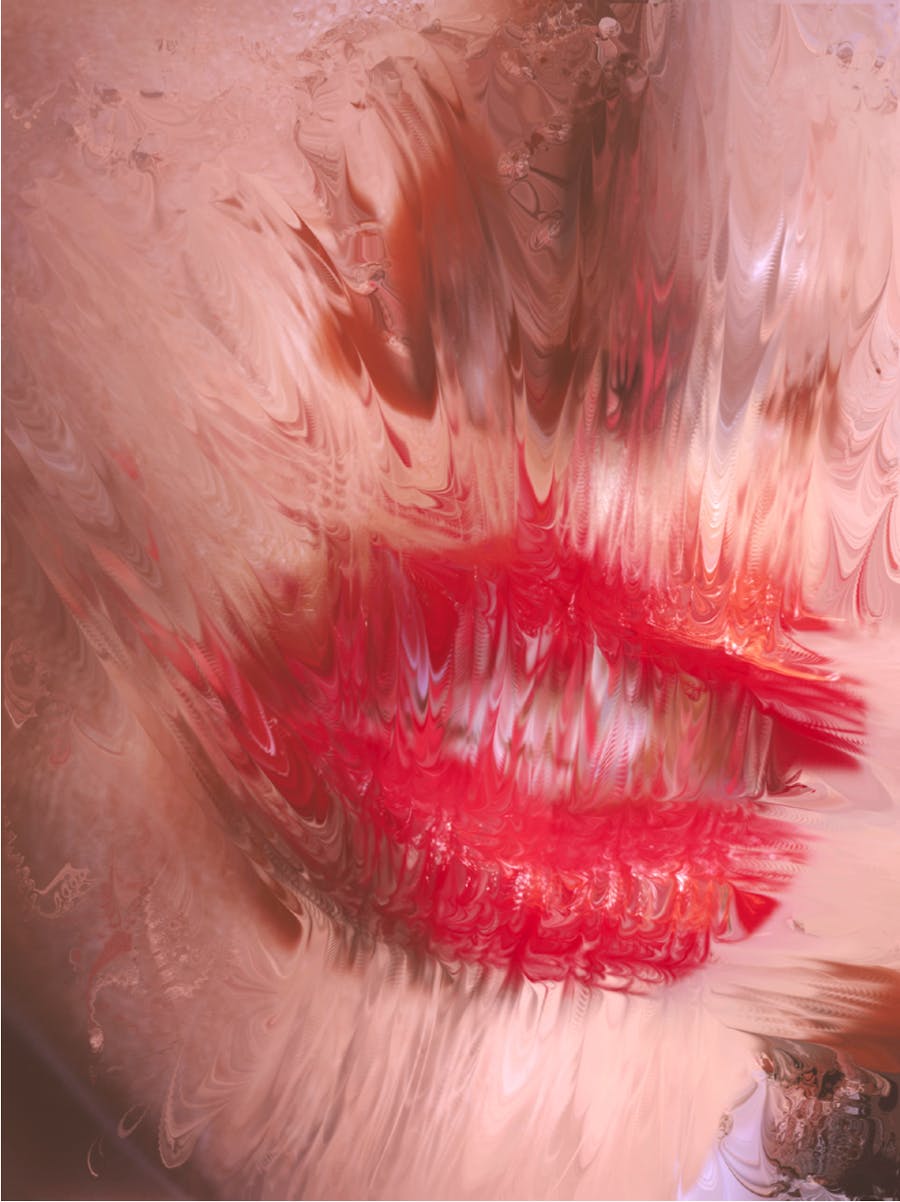In an invisible and never consummated pas de deux, they were the shadow and the light of the same fascination, Beelzebub and Chérubin both intimately acquainted with the black star of fetishist passions.
Isadora Duncan, 1877-1927. Gaëtan Gatian de Clérambault, 1872-1934.
Isadora: a bohemian, feminist and bisexual choreographer. At an early age, she rejected classical ballet for being a “stiff and commonplace gymnastics”. The young American, barefoot, wearing a Grecian tunic, enshrouded in transparent scarves, gracefully undulated around the salons of New York before heading to London, then Paris and Berlin. She was outrageous, intoxicating and disconcerting; she laid the foundations of modern dance.
Clérambault: an alienist, zealous soldier, notorious misogynist, specialist in psychoses of passion and direct descendant of René Descartes. A precocious genius who lived in the heyday of the most questionable kind of psychiatry, during which, nevertheless, some insightful concepts flourished – including erotomania (the delusional belief that one is loved). Most importantly, he observed, explained and recorded a pathology that exerted an ambivalent fascination over him: Women’s erotic passion for fabrics.
She was a pure and luminous being. Her life was a novel that she wrote three times over. In the first, she was top of the bill in her successful performances. In the second, she made the front page in newspapers that decried her scandals even after her death. In the third, she was the author of My Life, her deeply moving and astoundingly modern autobiography.
He was a dark and guarded being. His life was a mystery that he never ceased to cultivate even from beyond his grave. The little he left behind only further obscured the features of this complex individual who was just as brilliant as he was twisted.
They seemed to have nothing in common except for classical drapery. A pragmatic quest and a theoretical passion that was the core of their respective lives and that invisibly bound these two contemporaries together in a significant way.
The Clan Duncan, a prematurely divorced mother and her two children, lived in poverty never with enthusiasm. Misunderstood in the United States, it was in Europe, in the museums housing the vestiges of ancient Greek art, that they came to study the designs upon which Isadora would base her work: “I had come to Europe to bring about a great renaissance of religion through the Dance, to bring the knowledge of the Beauty and Holiness of the human body through its expression of movements”. She caught colds in the badly heated studios of the Old Continent’s poorer neighbourhoods but she never gave up, for her movements could only thrive on the transparency of the weightless fabric and the fluidity of the drapery.
Her existentialist spirit contrasted with the cold and methodical passion of the slightly obsessive alienist. As a young boy, he was intrigued by dresses. During religious festivities, he took advantage of the opportunity to wear the customary robes. In 1908, he began his study of women’s erotic passion for fabric, a clinical report devoid of empathy: “We give hereinafter observations about three women who feel a morbid, primarily sexual, attraction towards certain fabrics, particularly silk, and who, during the manifestation of this passion, have kleptomaniac impulses.” They were the poor relations of the characters from The Ladies’ Paradise: either alcoholics or ether addicts, women with questionable morals who could only love the object of their affection in transgression. In Clérambault’s writings, the passion for fabric was suppressed – as a doctor he viewed it with contempt.
During this period, Isadora was busily socializing in salons with her “little white tunic” – in reality, a drapery that revealed more of her than it concealed – and so what if she was scandalous as long as she set herself apart by example: “Dance, in my opinion, is meant to express the deepest and most noble emotions of the human soul, those that were handed down to us by Apollo, Pan, Bacchus and Aphrodite.”
Though their quests were antagonistic, they both spent hours on end in front of the bas-reliefs and the statues of the Louvre without ever crossing paths. The only concrete proof of the symbolic link uniting them was an illustrated article depicting Isadora Duncan and her students in Grecian tunics that the alienist had cut out and kept in his personal archives.
From 1915 onwards, Clérambault made several extended trips to Fez in Morocco. In a world circumscribed by propriety and taboos, he managed to get women to pose for him. In the walled privacy of the riads, sheltered from the bustle and squalor of the streets, he immortalized their traditional dress by studying and photographing the techniques that established the conventions of this ephemeral art of traditional clothing. He presented his work at the school of Fine Arts in a prestigious “Course on drapery in Arab dress” that he brought to life with the help of live models and mannequins.
Far away from this exact science focused on hems and the way the fabric hanged and moved, Isadora Duncan pursued her libertarian endeavours. She spent over a year in Greece delving deep into the Grecian essence of the Acropolis. Her whole life, she rejected the falseness of modern life so as to remain closer to the holy attributes of human expression. She was over thirty when her lover and patron Paris Singer introduced her to fine apparel: “for the first time, I visited a fashionable dressmaker, and fell to the fatal lure of stuffs, colours, form—even hats. I, who had always worn a little white tunic, woolen in winter, linen in summer, succumbed to the enticement of ordering beautiful gowns, and wearing them.” In her mind, draperies and tunics had an uncertain presence that allowed one to see the spontaneous introspective leanings of the soul. She didn’t think of it as a piece of clothing but as a second skin, the most appropriate kind of nudity, a means by which the body might shed light on the mind. Clérambault preferred to view it as a dissimulative power. It was a hidden erotic vice for his mentally ill patients; a religious accessory for Muslim women: “the large drapery, floating yet inhabited, disguises, conceals the body just as much its shape as its sexual identity; the skin is hidden away as if to prevent any possible contact” explains Yolande Petit.
However, fate spares no one. The years pass by leaving nothing in their wake. Isadora’s life, as free as her dancing, acted out the elements of tragedy from the very myths that inspired her; her two children drowned in a car accident and the Russian poet, Sergey Yesenin, committed suicide shortly after their marriage ended. She drowned her sorrows in alcohol and then in the arms of her very young lovers.
Clérambault remained emotionally unscathed but not physically: his earlier war wound caused him to gradually lose his sight. Given his reduced ability to work, he came to the bitter realization that life was futile: “Some lives appear to be so firmly established, careers so deliberately pursued, biographies so substantial that they seem to constantly keep mental collapse and decline at bay,” writes Alain Rubens. Cracks appeared on the 17th November 1934, when he killed himself in his Malakoff residence. The bullet went through his mouth killing him instantly. We was found sitting in a chair in front of a mirror surrounded by the wax mannequins he used for his drapery studies.
“For I was never able to understand, then or later on, why, if one wanted to do a thing, one should not do it. For I have never waited to do as I wished. This has frequently brought me to disaster and calamity, but at least I have had the satisfaction of getting my own way,” Isadora confided at the beginning of her autobiography.
Her last passing fancy was Benoît Falchetto, a young mechanic from Nice. The 14th September 1927, he picked her up after a dinner to take her for ride in the 1924 Amilcar CGS. “I am off to love!” the dancer cried out, making her intentions clear and responding to the foreboding of her friend, Marie Desti. The sports car started up, Isadora’s long shawl floated in the wind like a handkerchief one waves to say goodbye. The next day, the Petit Parisian reported: “But the scarf she was wearing around her neck, that was initially floating behind her, suddenly got caught and entangled in the back wheel. It tightened around Isadora so violently that she was strangled to death almost instantly without being able to call out or signal for help. However, the scarf continued to pull her causing her body to be hurled from the car onto the roadway of the Promenade des Anglais. She was picked up off the ground wounded, covered in dirt and blood…”
Isadora Duncan 1877 w– 1927. Gaëtan Gatian de Clérambault 1872 – 1934.
A consuming passion, the pain of knowledge. This is how life blissfully plays out and dramatically comes undone. It is no longer a myth that we die because of what we love.
Salomé Kiner
Salomé Kiner


